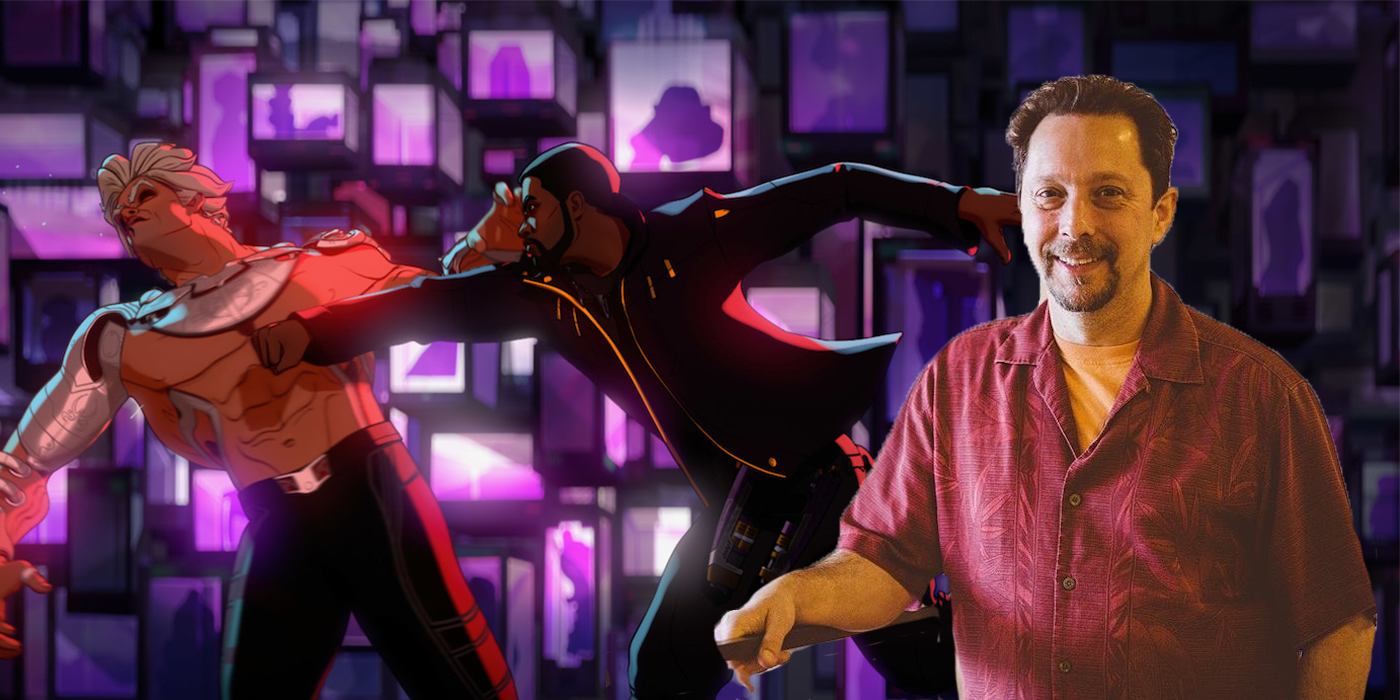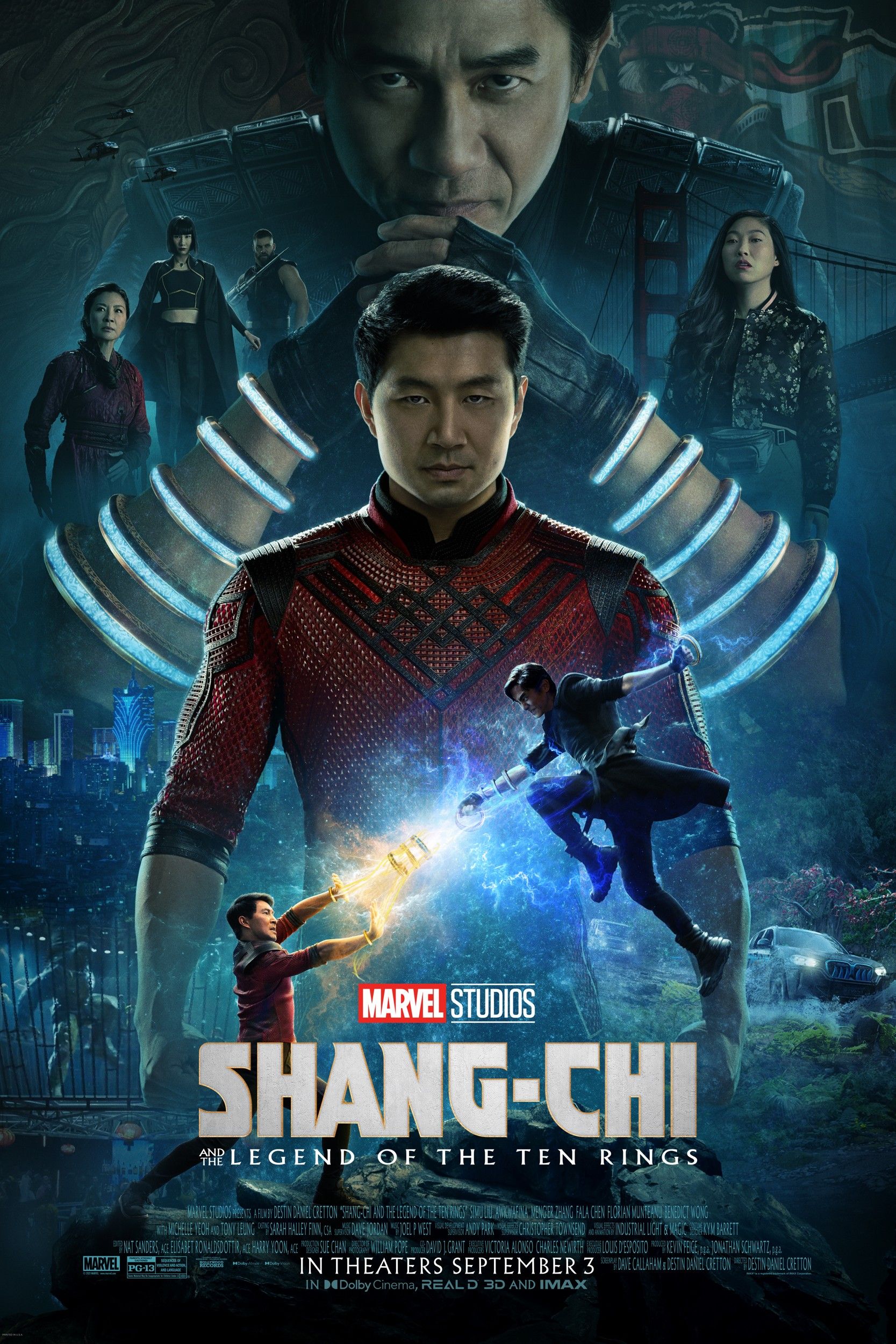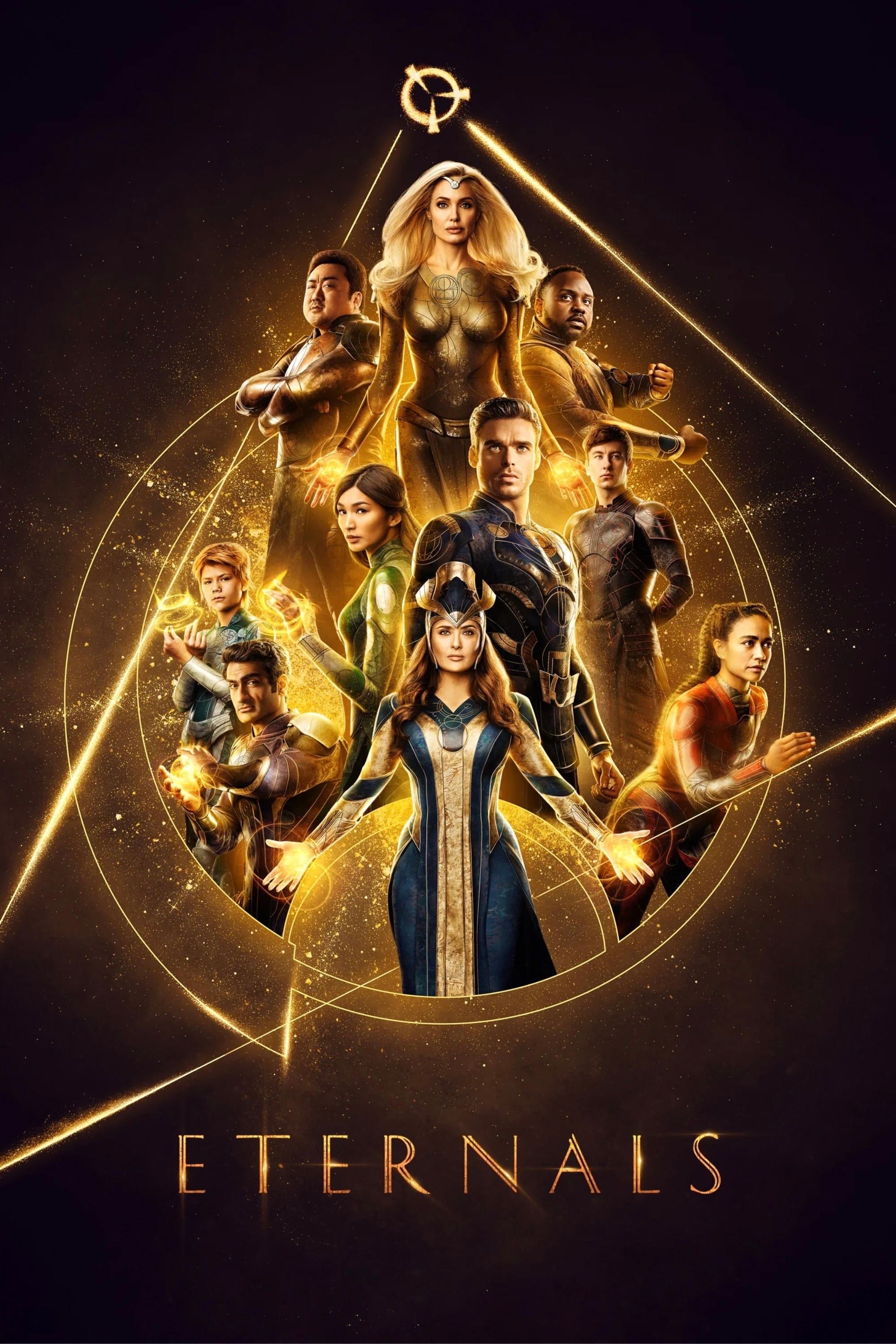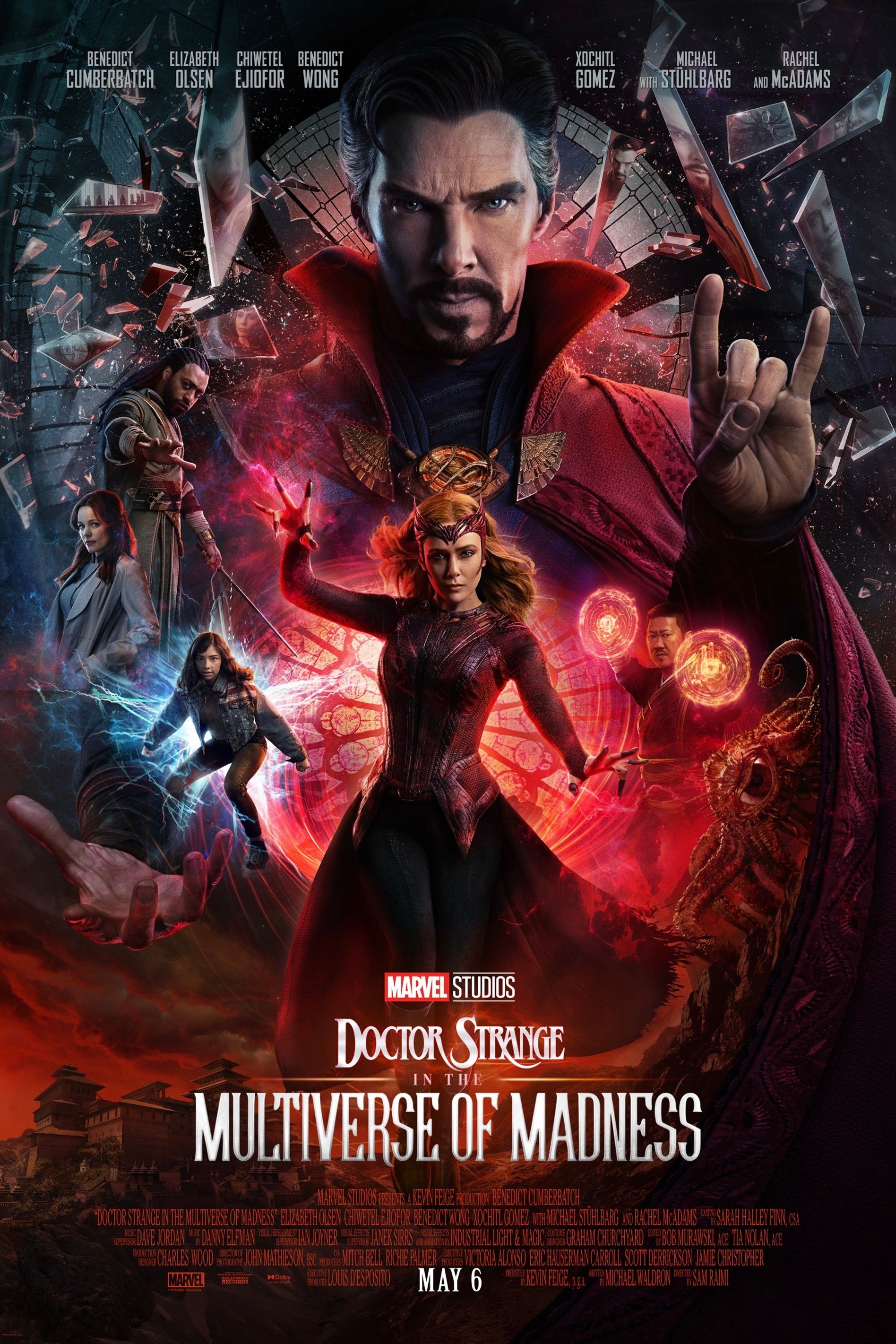Stepping into the world of Marvel's What If...? is to step into a world both familiar and strange thanks to its concept of taking known stories and characters from the MCU and altering them in significant ways. The beats are the same, and so are the characters, but the wish-fulfillment element of the animated series allows audiences to experience what might have happened if characters had chosen a different fork in the road or other pivotal moments and gone another way. The challenge of designing a new-old world is a tricky one. Luckily, the creative team behind What If...? was more than up to the task.
Screen Rant sat down with production designer Paul Lasaine to talk about pushing the boundaries of fantastical settings, the enormous pain of designing the Collector's Museum for episode 2 (and the clever workaround they found), one particular challenge with Doctor Strange's episode, and more.
Marvel live-action already has such fantastical worlds and visuals and backgrounds. And yet, it seems as though this show being animated has pushed the boundaries even more. Did you find that it was hard to go even bigger in the design or more fantastical? Or did you try to keep it in line with what Marvel's done in the movies?
Paul Lasaine: There's two aspects of that. One: we have literally made some of our locations bigger, and that comes right from the director. "We're gonna do the Collector's Museum, but we're gonna make it bigger. I want it to be literally larger." It's like, "Okay, we can do that." We just put more boxes in, pull the camera back and do more scenes. That was from Episode 2, Benicio del Toro's lair. In the movie, it's literally just one room; it's all made up of those weird cases - we just made it literally a larger location with more action and more rooms and stuff. It's challenging just because it's more complex, but it's not what I would call difficult other than it takes time.
Probably the hardest thing to do is just to come up with an actual look and a style. So, you've got these live-action sets, and you know what they look like, but we're doing a spin on it. But as I explained it to another person, it's no different than any other animated film where you come up with a style. We're walking around in the real world; everything looks like a photograph because it's live-action and it's realistic. Everything makes sense.
So it was really about nailing down that visual style first and everything else flows from that.
Right. In typical animation, it's always the same. You come up with a style, whether it's Warner Brothers old school 2D animation style that's flat and with outlines - or it's super realistic, like something Pixar would do, where it's a stylized reality and it's CG but everything is lit with extremely realistic lighting. We knew we wanted a 2D illustration style. What that was, nobody really quite knew.
There was the idea of this J. C. Leyendecker inspiration, and that really was where the characters began. We started with that, but Leyendecker never really did environments. In his illustrations. He mostly did characters and a few props. So, we started with that, and looked at how he was handling things and kind of went from there. And then also, you've got to do thousands and thousands of paintings to create a show like this. Because the backgrounds really are there; it's like old school 2D animation so you have to come up with a painting style that's going to be both realistic enough that it fits in with the world, but loose enough and simplified enough that you can literally do all these paintings in the time schedule. And it kind of creates its own style.
What If...? has to look like what we already know from the Marvel Cinematic Universe, but just different enough. Did you find that was kind of a challenge?
Paul Lasaine: Yeah, it's always a challenge. That's also part of the fun. We have this incredible archive of all the stuff that's been done for the movies. Obviously, we have the movies themselves, that's easy. In fact, we had a TV in our office that literally played them 24 hours a day, just on a loop - just all the films, and we would all just stop on our way to the bathroom or whatever, and just kind of watch a little bit. And sometimes we'd actually study them. But we all have the movies on our computers. We watch them whenever we're doing an episode. We really study them.
But we have all of the design work done for the films and done for the set design; we've got all the concept art, we've got the construction plans for how to build these things. And then what we end up doing to tweak them is usually as a way of simplifying them. Even though a lot of our What Ifs don't really diverge so much that we need to come up with some different version - it's usually been like, "Yeah, we go to the Sanctum Sanctorum." It's the Sanctum Sanctorum.
But because we also know we're going to have to do paintings of them, we also need to simplify them down. Because to put in all that detail, we would be here till next century trying to do it. That in itself creates enough of a look that almost comes prepackaged.
Is the choice to focus on the simplest part of a particular location something that's done often in animation?
Paul Lasaine: Yes and no. The storyboards tend to come first, at least on our show they do. So, they're not really thinking in those terms. They're thinking about, "Let's just tell this story." They're not thinking of it in terms of like, "Hey, let's do a part that simple, so the art department doesn't kill themselves." But then when we get the shots, it's like, "They focused on the most complex part. Okay, let's figure out how to get this on screen and have it not be so complex so that it doesn't kill us."
For instance, in the Collector's Museum, we have some moments where we actually use computer-generated boxes because there's no other way around it. We have some scenes where there's so many boxes out in the distance, that to try to draw all of them in perspective would be crazy. So, we've come up with techniques for simplifying them. One of them is literally to take a square paintbrush and just spray square paintbrushes in Photoshop; just create a pattern. It goes a lot simpler, and it ends up looking really nice because it becomes an illustrated version. It's more of a symbolic version of a place rather than the place itself.
I also imagine that some of the Doctor Strange sequences in Episode 4 were challenging because they're so abstract and hard to anchor in reality.
Paul Lasaine: The abstract ones were really tricky. In fact, that was one of the hardest sequences, where he's in that weird hallucinating moment. That was a tricky one.
But one of the actually more complex ones was where he's in that room, and he's pulling power from all the creatures. We thought it was going to be a real simple thing, because it's actually the same room that he comes in when he goes into that library. We just turned all the lights off. It's mostly black back in with a bunch of columns.
But it turned out, because of the way the camera was working, that there would have been 60 or 70 different backgrounds, which would have been ridiculous for one location. And it's in the dark. So, we had to come up with another way of doing it; we actually ended up doing one big black nothing; painting about six or seven columns, and just moving them around to taste, you know, depending on the shot. It made it so you could have an infinite number of camera angles, but without having to actually do a bunch of different paintings. It was just moving the pieces around.
You do end up coming up with all sorts of weird little technical tricks to make it through to the deadline.
Now that you've seen everything, which is your favorite episode? Is there one that you really love more than any of the other ones?
Paul Lasaine: I'm a big fan of the third episode. I love the film noir aspect of the whodunnit. There's a cinematic quality to it that I really love.
But each one has its thing I love. I love the historical aspect of the first one, going back into the Captain America world. And some of the episodes you haven't seen yet, you're gonna get a kick out of, because we do all sorts of crazy stuff.
Next: Animation Supervisor Stephan Franck Interview: Marvel's What If...?
Marvel's What If...? releases new episodes Wednesdays on Disney+.








